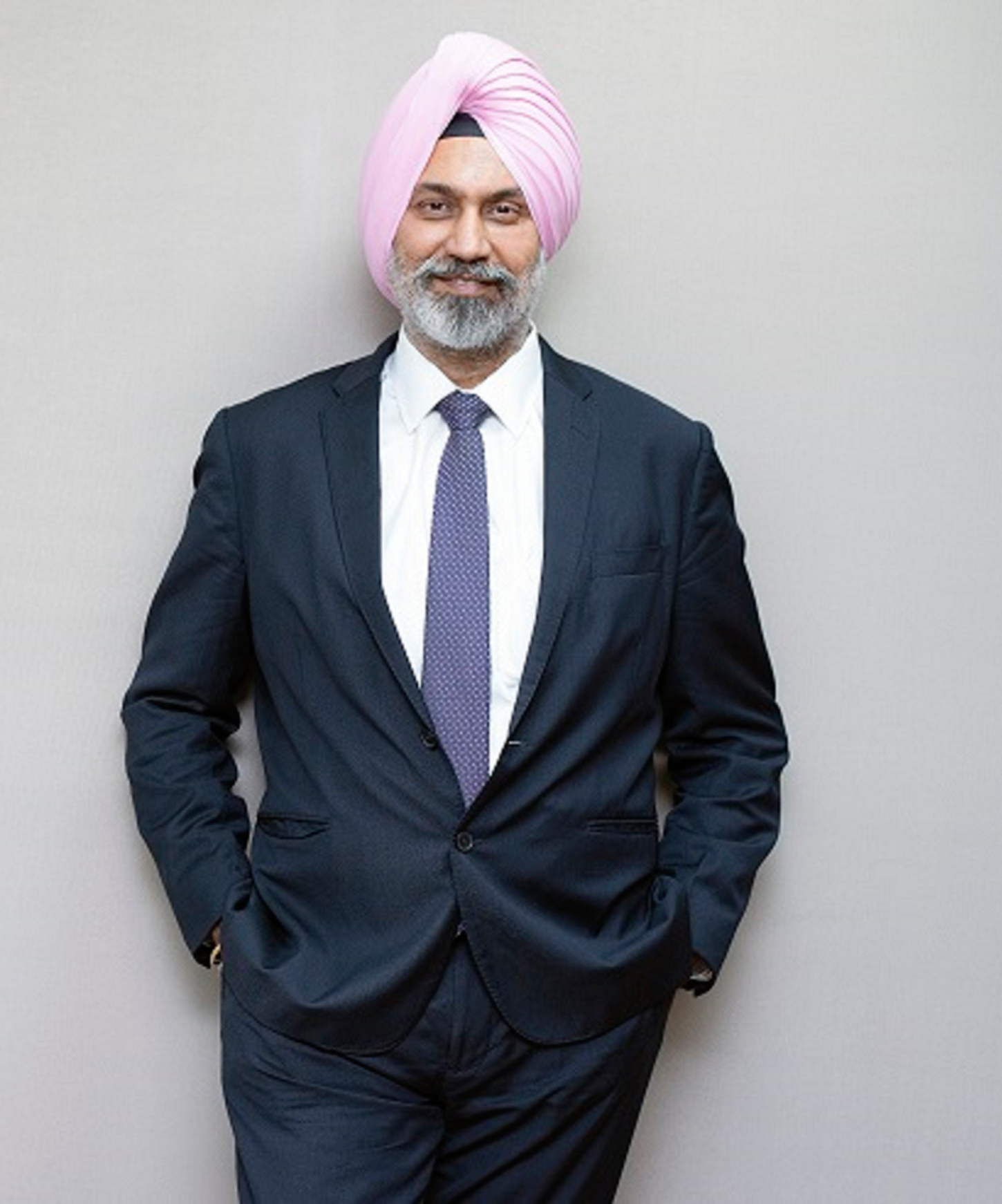Budget has relied on capex led socio-economic growth template while ensuring the fiscal prudence

FinTech BizNews Service
Mumbai, February 2, 2024: The leading BFSI voices have responded to the Union Budget 2024, presented by the Union Minister for Finance and Corporate Affairs, Smt. Nirmala Sitharaman in the Parliament in New Delhi.
HP Singh, CMD at Satin Creditcare Network Ltd.:
“The government’s pivotal focus on women empowerment throughout the past ten years have enabled ‘Nari Shakti’ to be a true force by defying erstwhile entrepreneurial impediments, making them realise their calibre and emphasising their capability to contribute significantly towards the country’s growth and GDP. The Lakhpati Didi Scheme empowering nearly 1 crore women, 30 crore MUDRA Yojana loans for women entrepreneurship and ease of living and dignity underscores a dedicated effort towards women's empowerment in the last decade. Emphasising the need of SHGs (Self Help Groups) through the already 83 lakh SHGs with 9 crore women transforming the rural socio-economic landscape until now, will aid women to become more resilient and contribute efficiently to the workforce in the country.
Undertaking additional 2 crore projects over the next five years under the PM Awas Yojana Gramin is a significant stride to help lower-income groups realize their housing aspirations, contributing to the resolution of the housing crisis prevalent in rural India. By combining efforts to empower women economically and addressing essential living conditions, these measures set a trajectory for India's economic growth, aiming to reach the milestone of the set target of 5 trillion-dollar economy in the coming years.”
AU Small Finance Bank: "The interim union budget for FY 2025 reflects the government's strategic commitment to growth and all-round development while maintaining positive guidance towards fiscal consolidation. The Finance Minister reinforced support towards rural housing, start-ups and digitization which should augur well for robust credit demand. The budget pegged FY’25 fiscal deficit target at 5.1% while reducing the FY’24 target from 5.9% to 5.8%. The budget also aims to push capital spending higher to 3.4% of GDP at Rs 11.1 lakh crore in FY’25. This accompanied by lower gross borrowing of Rs 14.13 trillion should support the interest rate environment and enable room for increased private capex for growth. Overall, the interim budget displays policy continuity while maintaining a fine balance between fiscal prudence and growth.”
Deepak Patkar, CEO SMFG Grihashakti: “The announcements in the Interim Budget on the intention to launch a new scheme tailored for the deserving sections of the middle class is a step in the right direction towards ensuring universal homeownership. We are also happy to note the continued focus by the government on infrastructure development which will aid the real estate sector as well as the vision of extending PM Awas Yojana Grameen scheme to build another two crore homes over the next five years. These steps not only support the growth trajectory of the housing sector but it will also help in creating more employment opportunities across its ancillary industries. The government has also stated that they will pay attention to making the eastern region and its people powerful drivers of India’s growth, giving impetus to affordable housing development in the region”
Pankaj Pandey, Head of Retail Research, ICICI Direct: “The Interim Budget has relied on capex led socio-economic growth template while ensuring the fiscal prudence. The government has effectively leveraged the direct benefit transfer to deliver multiple social benefit schemes focussing on GYAM (Gareeb, Yuva, Annadata and Mahila). Capex spending remains one of the focus areas of the government with capex allocation growth of 11.2% YoY in FY25BE to ₹ 11.1 lakh crores. We highlight that capex growth is on high base of last 4 years wherein it has tripled resulting in huge multiplier impact on overall economic growth and thus moderation in capex growth is largely on expected lines. The capex to GDP is pegged at all time high of 3.4% (vs. 3.3% in FY24).
On the fiscal front, the glide path on reducing fiscal deficit has been complied with fiscal deficit likely to go down to 5.1% in FY25E vs. 5.8% in FY24. Medium term target of 4.5% fiscal deficit by FY26 is also on track.
The union budget has also further boosted Indian debt market outlook given the impending global bond index inclusion. Lower than anticipated fiscal deficit and gross borrowing puts debt market in sweet spot besides making the proposition attractive for banks specially PSUs. To sum up, the Union Budget reflects a realistic set of measures to drive growth in Amrutkaal.”